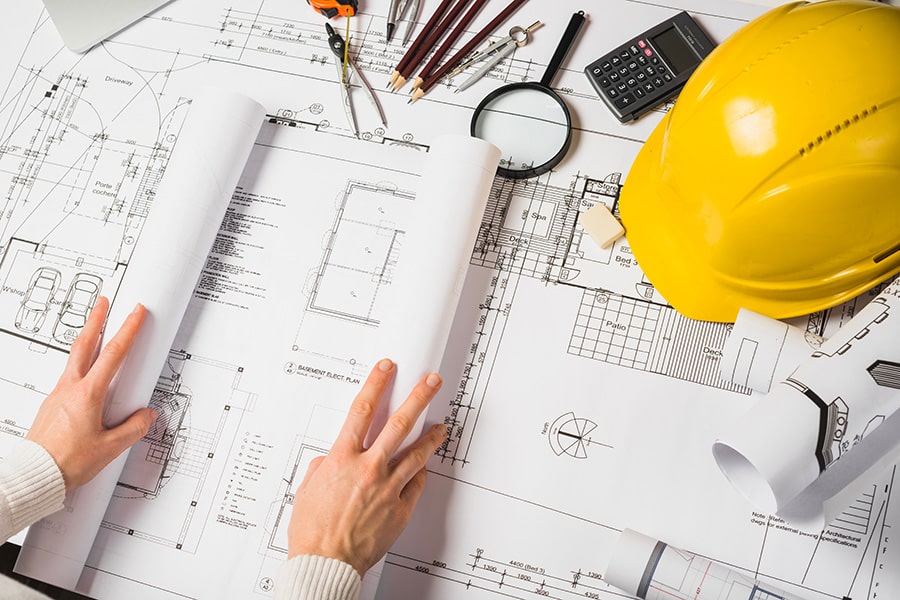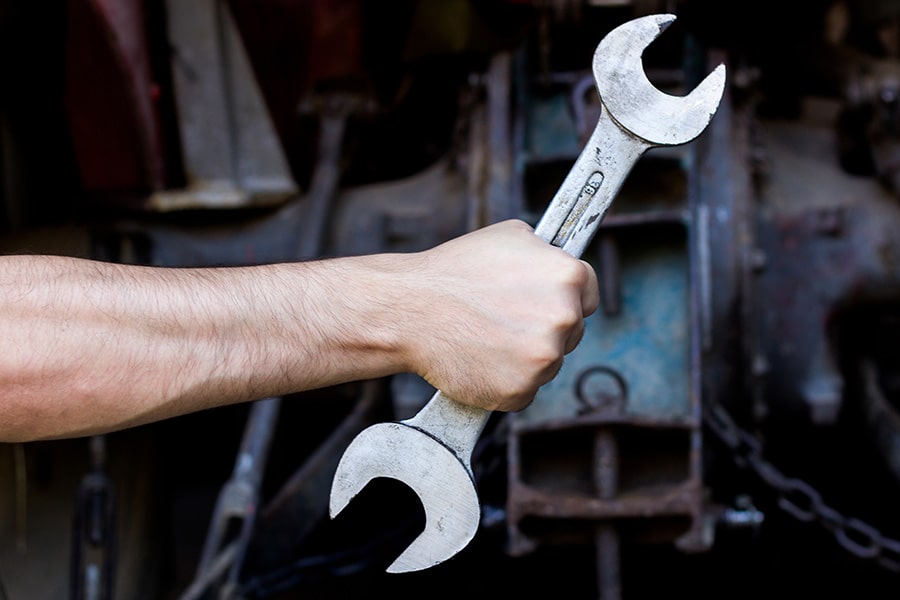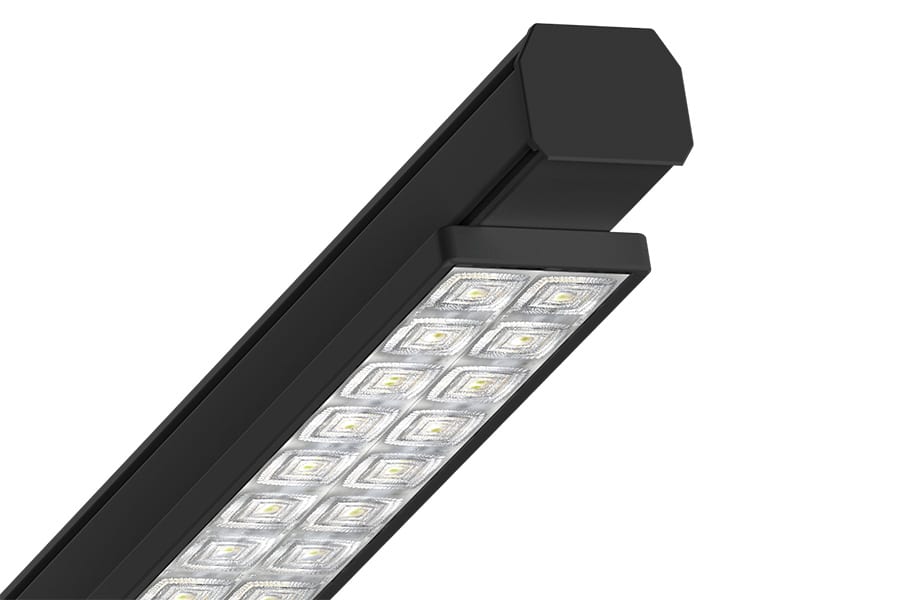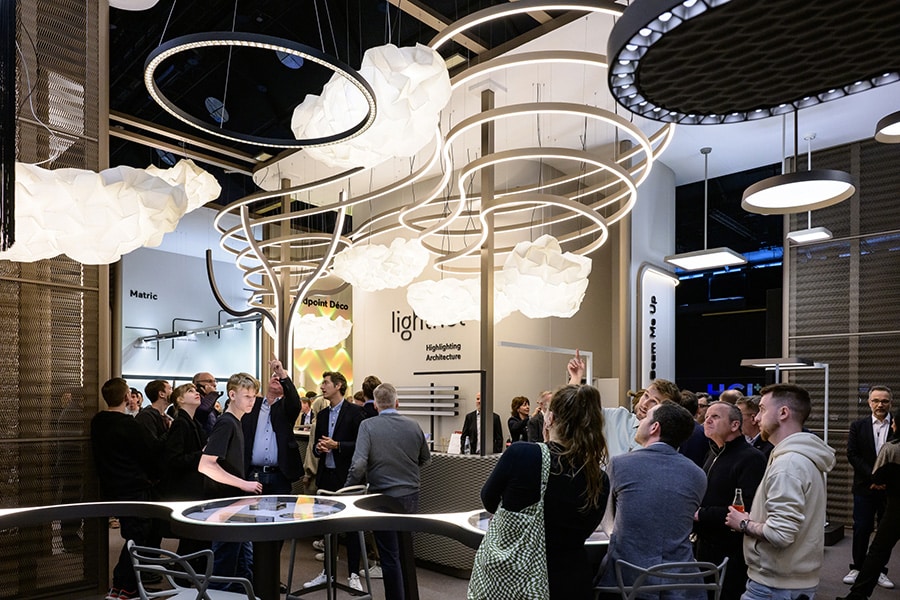
Should the architect take more chain responsibility?
Much greater pursuit of low-maintenance concepts
The construction industry in the Netherlands is facing a growing problem: maintenance costs are skyrocketing caused by all sorts of different legitimate reasons, waiting times for tradesmen are increasing at an unprecedented rate and well-trained maintenance personnel are scarce. Just try finding a plumber who is available on short notice. Handsome if you can! So in the current reality of everyday life, we must (also) ask ourselves whether architects can and should play a greater role in improving the quality of buildings and installations so that less maintenance is required. Spoiler alert: the answer is ... YES!

Quality as a solution
The root of the problem lies in the quality of the materials, plant and equipment used. The better the quality, the less maintenance is required. But in practice, we see that specifications often prescribe the cheapest solution anyway, without sufficient consideration of the long-term consequences. This leads to products and installations that wear out faster, require more maintenance and end up being more expensive for the end user. And... not unimportantly: a lot of annoyance for the end user who does not get that needed mechanic or maintenance man/woman at home on short notice.
Architect as gatekeeper
Traditionally, responsibility for material and product choices lies with the contractor and installer. But shouldn't architects take a firmer stand and take more control? By explicitly prescribing qualitative parties and products in specifications, they can make an important contribution to not only sustainability but especially low-maintenance construction. This requires a different mindset: not only designing from aesthetics and functionality, but also from lifespan and low maintenance.
The trap of cost versus value
A common counterargument is that high-quality products are more expensive to buy. True, but the Total Cost of Ownership (TCO) tells a different story. If an installation lasts ten years longer and requires less maintenance, the initial investment is often more than recouped. Architects know this quite well, too. But ... architects could definitely play a stronger advisory role in this, not only towards clients but also towards contractors and suppliers.
Future-oriented design
The construction industry is increasingly moving toward circularity and sustainability. This is not only a matter of environmentally conscious construction, but also of smart construction. Low-maintenance and maintenance-free solutions fit perfectly within this development. Think of materials that clean themselves, installations that are modular and easy to upgrade without complete replacement. Architects can encourage these innovations by including them as standard in their designs and explicitly prescribing them in specifications.
A new standard?
So should architects take more chain responsibility? The answer is clear: yes. Not by taking over the contractor's work, but by making conscious choices and taking responsibility for the long-term impact of their designs. By including the right products and suppliers in specifications, they can have a major impact on the quality of the built environment. Therefore, the architect of the future is not only a designer, but also a guardian of sustainability and quality. It is time to take that role seriously. Because a beautiful building is good, but a smart and sustainable - i.e. low-maintenance - building is better and more practical for the end user.




